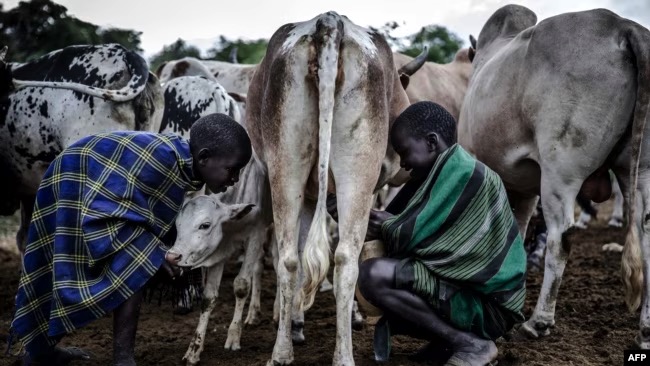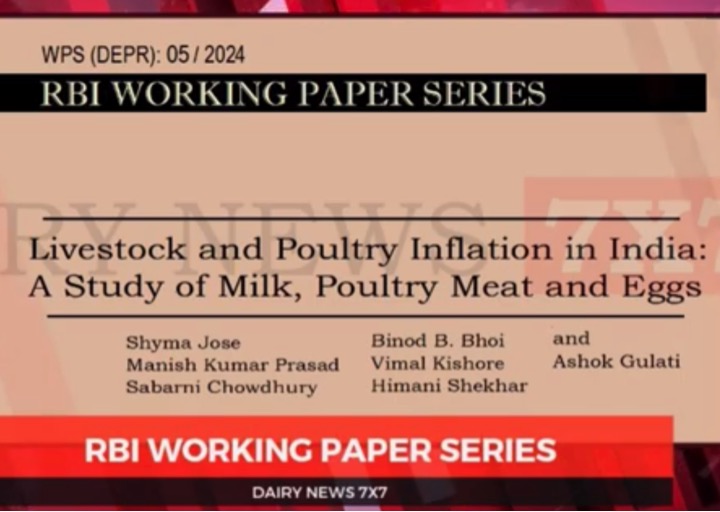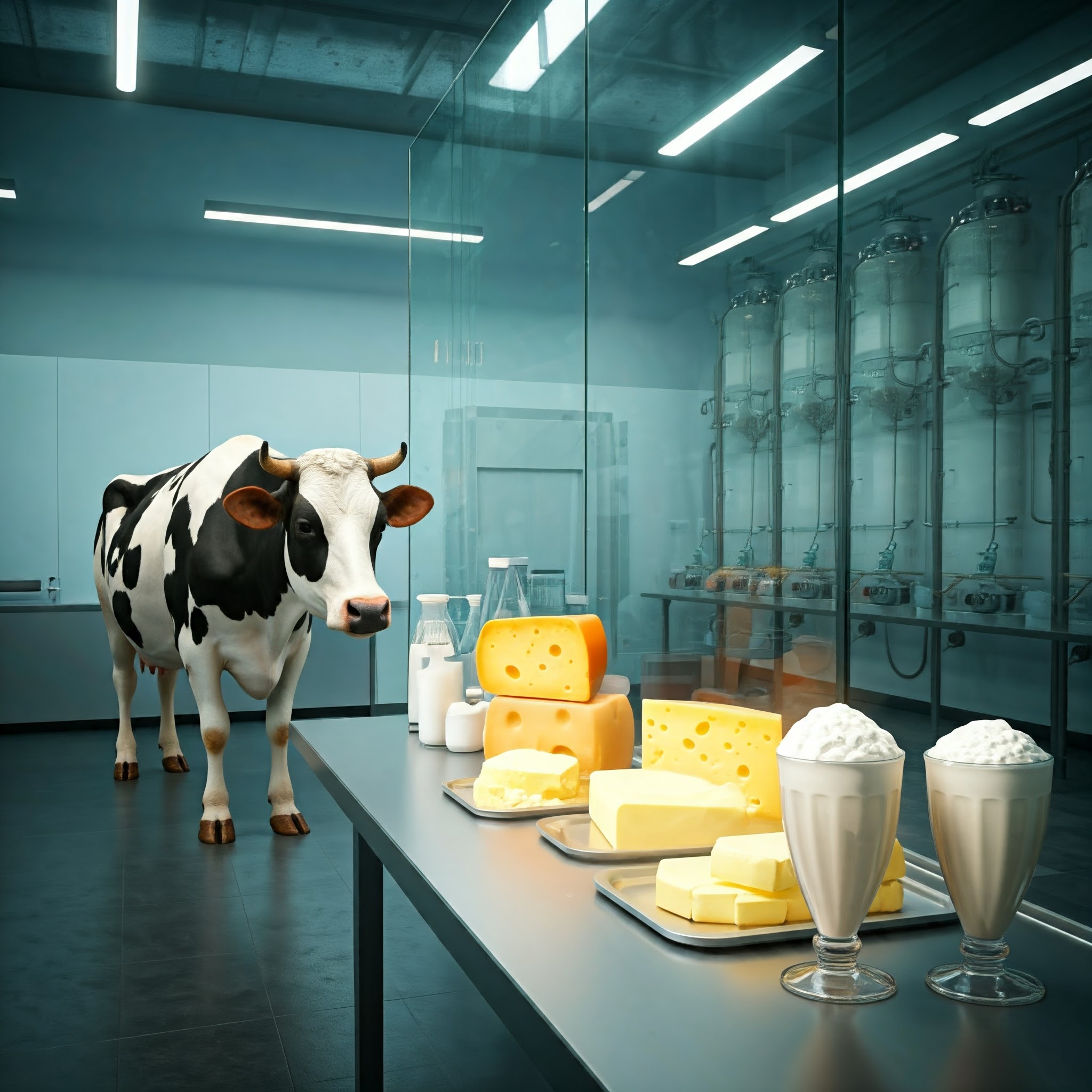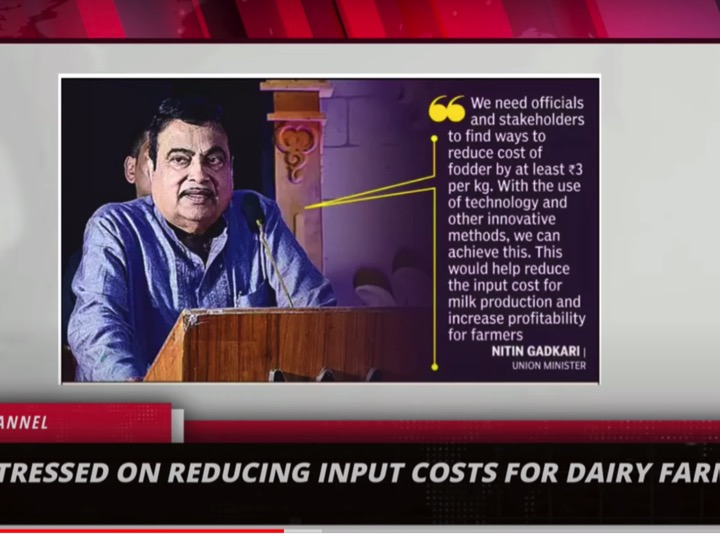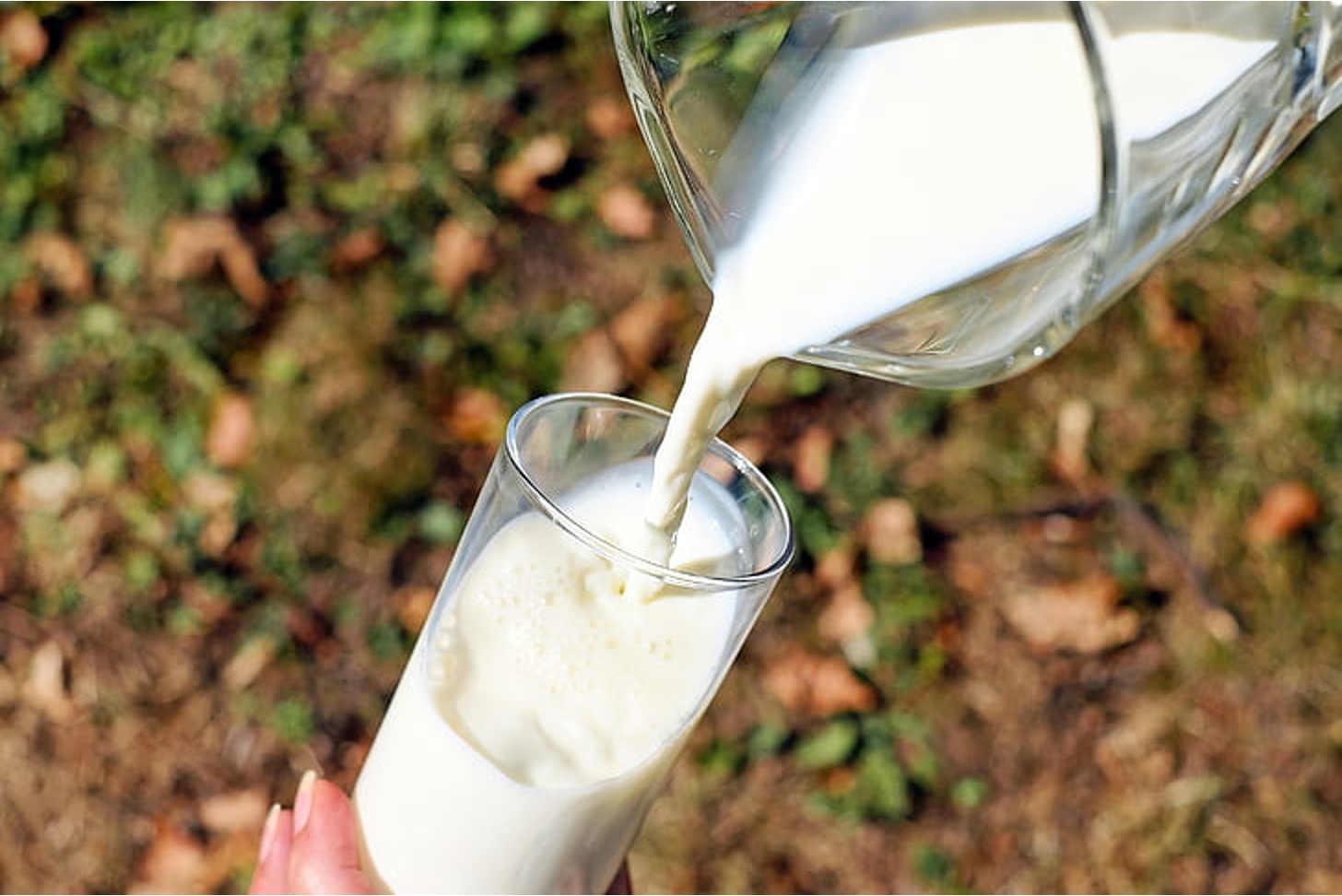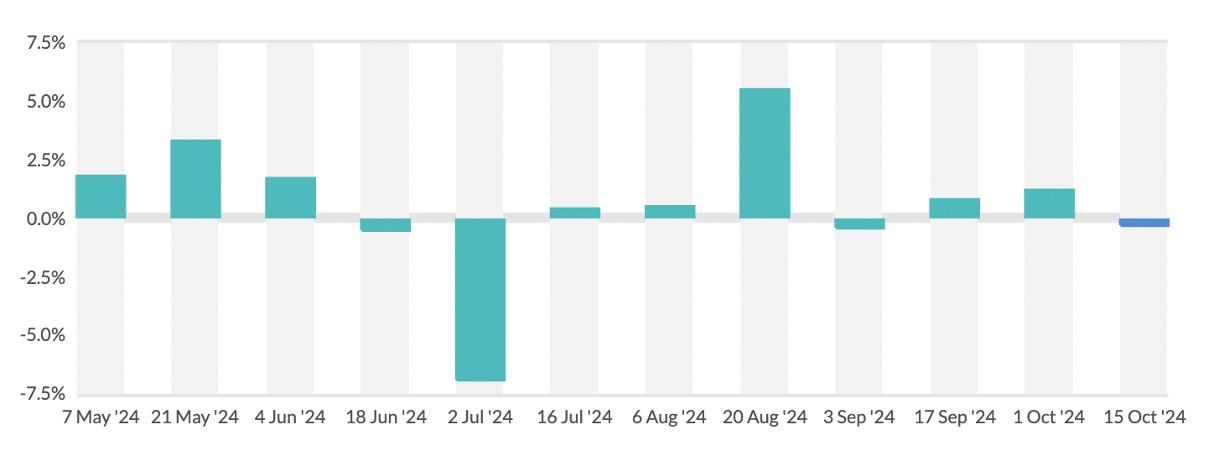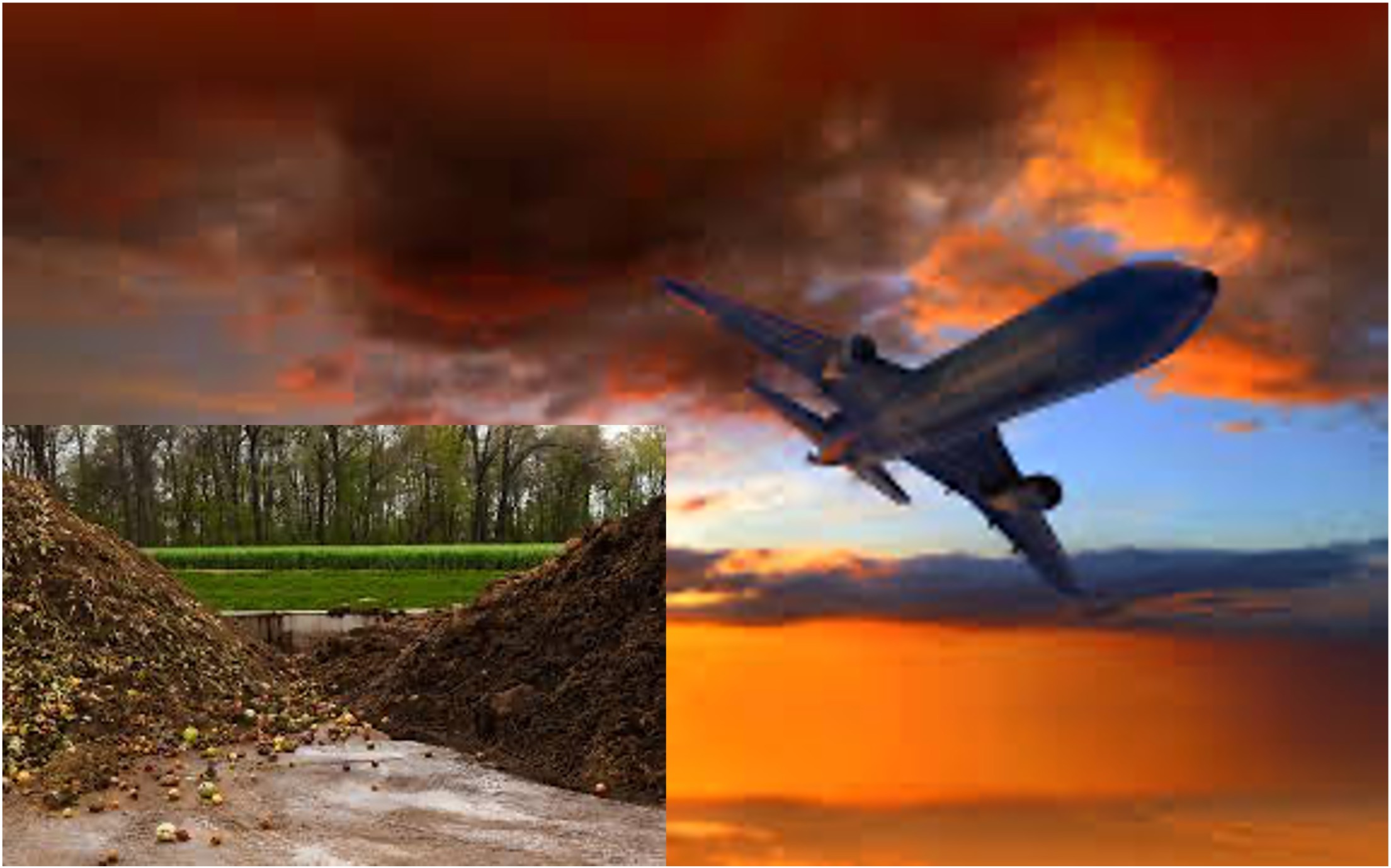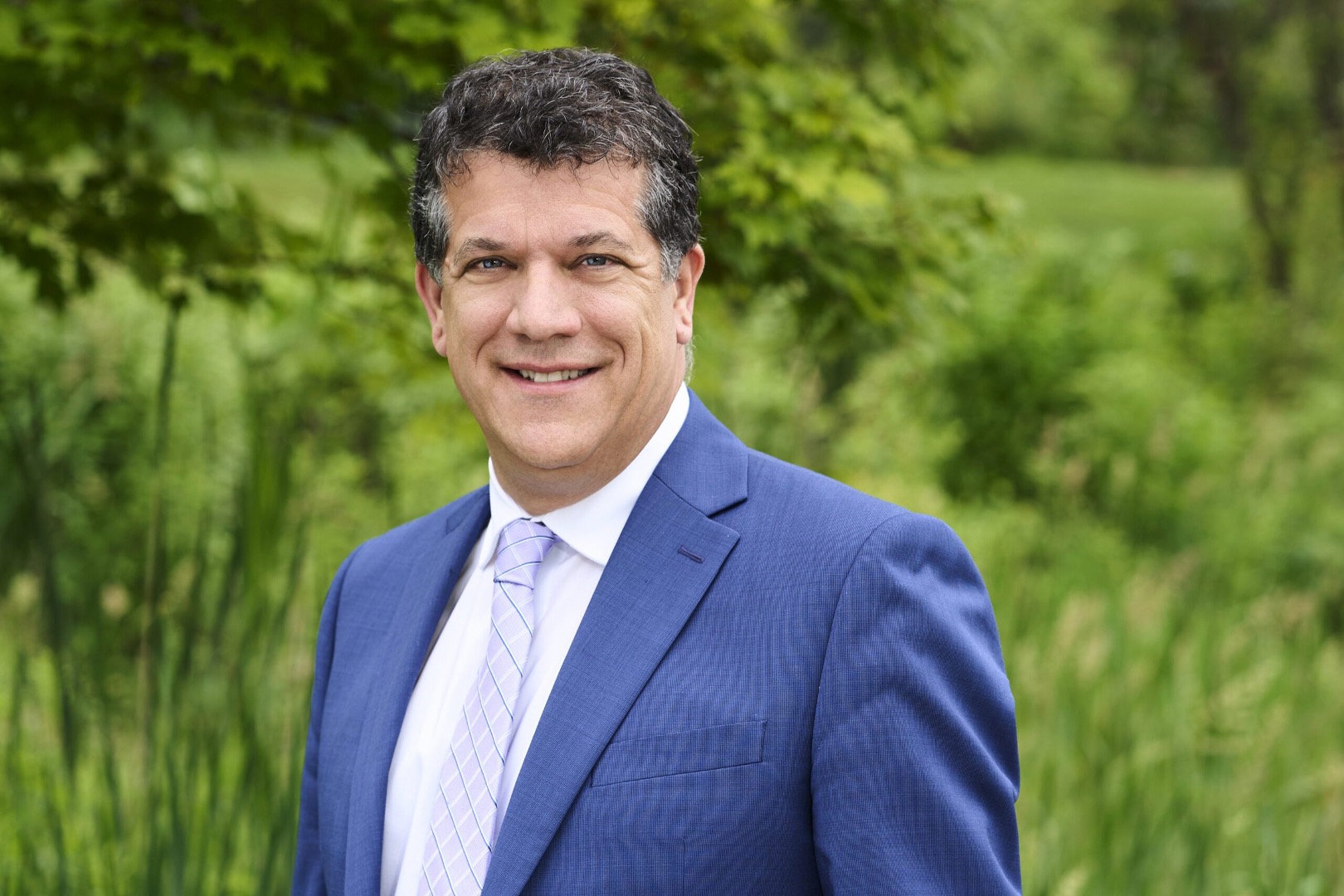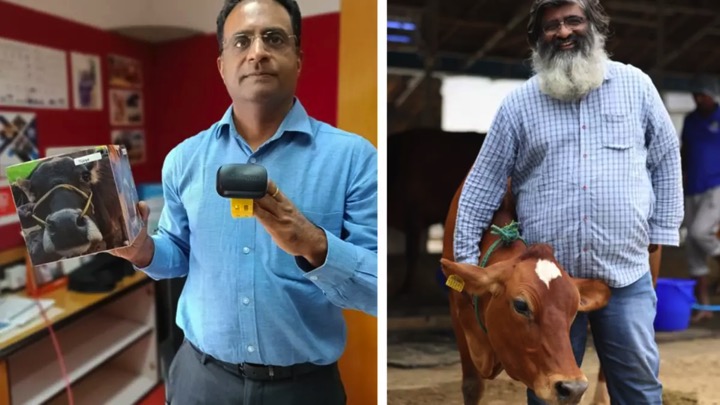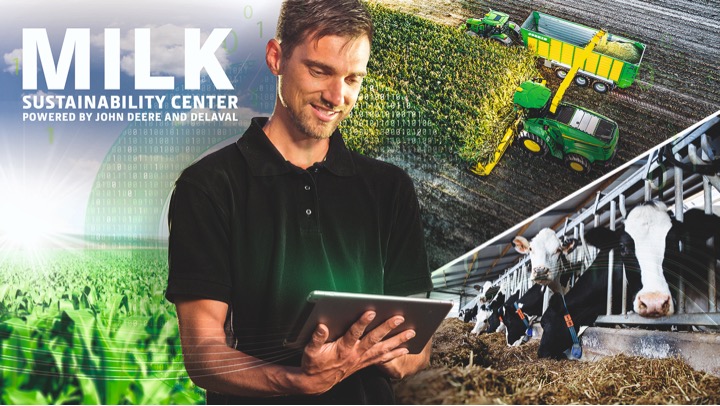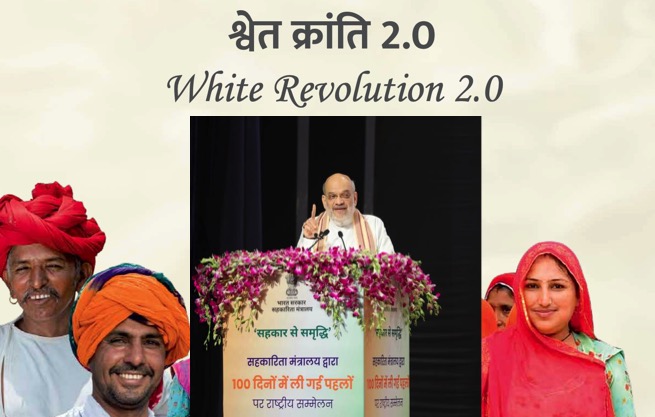Kenyan officials have long pushed for milk to be pasteurized before it reaches the marketplace, but much of the milk sold is not pasteurized because small-scale vendors and producers can’t afford the expensive machines used in the process. Now, Canadian university graduates have developed a portable, affordable pasteurization machine that could help African farmers cheaply sterilize the dairy product and reduce milk-related disease.
Kenya milk production
In Kenya, smallholder farmers produce 56% of the milk, with five million dairy cattle generating five billion liters annually. According to Kenya’s Dairy Board, only 28% of that milk is processed by dairy companies, which pasteurize it to kill harmful bacteria.
The remaining 72% is sold directly to consumers by vendors who traditionally heat and reheat the milk over a fire, a method that fails to ensure complete safety.
To address the challenge faced by millions of farmers in Africa and around the world, a group of recent university graduates from Canada has developed a portable pasteurizer machine to help farmers sterilize milk cheaply and in a healthy way.
Miraal Kabir is the head of the startup Safi, which means “pure” in Swahili. She said her technology provides health and economic benefits to users and milk consumers.
Solution for improving milk quality
“It solves two problems. The main one being the problem of unsafe milk. It allows all of the milk being sold in the market to be safe, which isn’t the case right now. That’s leading to a lot of deaths, a lot of diseases, especially for children under five. And then on a secondary problem that it’s solving, right now in the dairy supply chain, the people who are winning the most are these large processors,” she said.
“They sell milk extremely cheap to these processors who then sell it at a huge premium. And so by allowing small scale farmers to pasteurize the milk themselves and earn the premium of pasteurized milk themselves, we’re actually empowering them financially as well.”
The device is placed on top of a pot. It has a whisk to stir the milk and ensure that it is heated uniformly. It also has a screen and LED lights, which guide the user through pasteurization. A temperature sensor tells the user when the milk is ready.
Moses Sitati is a dairy farmer in western Kenya. His cows produce 60 liters of milk per day, of which 10 liters spoil, meaning it is not suitable for human consumption.
Mini pasteuriser
The 40-year-old farmer has been using the pasteurizer for the past 12 months.
“I can sell milk, people can just buy milk and take it at the same time without going and boiling it fast. Now you know when you boil, wait until again by tomorrow so you boil, you are losing the milk, the first thing and also the nutrients. Now the pasteurizer helps to at least store the milk, it helps at least to preserve the milk for a long time,” he said.
In addition to farmers losing their income, raw and unpasteurized milk contains harmful bacteria like salmonella, E. coli, Brucella, tuberculosis, and Q fever.
Sitati is among the 20 farmers and vendors in Kenya and Rwanda who have purchased the pasteurizer.
The father of three happened to get the first product developed by the Safi team, which didn’t satisfy him, but he says he is happy with the final product for its safety and energy consumption.
“The first one could pasteurize milk from two to 10 liters, but this one pasteurized milk from two to 20 liters. The first one didn’t have a lid, so when pasteurizing the milk, it could spill out, so they improved this to put a lid so that there is no milk spilling out when you are pasteurizing. The first one used electricity, and this one uses solar energy. When you charge, you can use it for four hours,” he said.
Last month, the Safi company said it partnered with the Rwandan government, which helped them open for commercialization after taking part in pilot programs.
Kabir said the device tracks pasteurization data, letting farmers prove milk safety and helping regulators monitor it.
“We’ve also incorporated the data software side of things. Our device is actually able to capture all the key pasteurization data and provide it to the farmer themselves or the vendors so that they can prove that they have pasteurized their milk to their customers, but then we’re also able to aggregate all of this data and provide it to governments. Governments and regulators, they’re able to see where milk has been pasteurized, when it was pasteurized, where safe milk is being sold,” said Kabir.
The innovators say they hope to find a good manufacturer to start producing the device next year and make billions of liters of milk disease-free.


